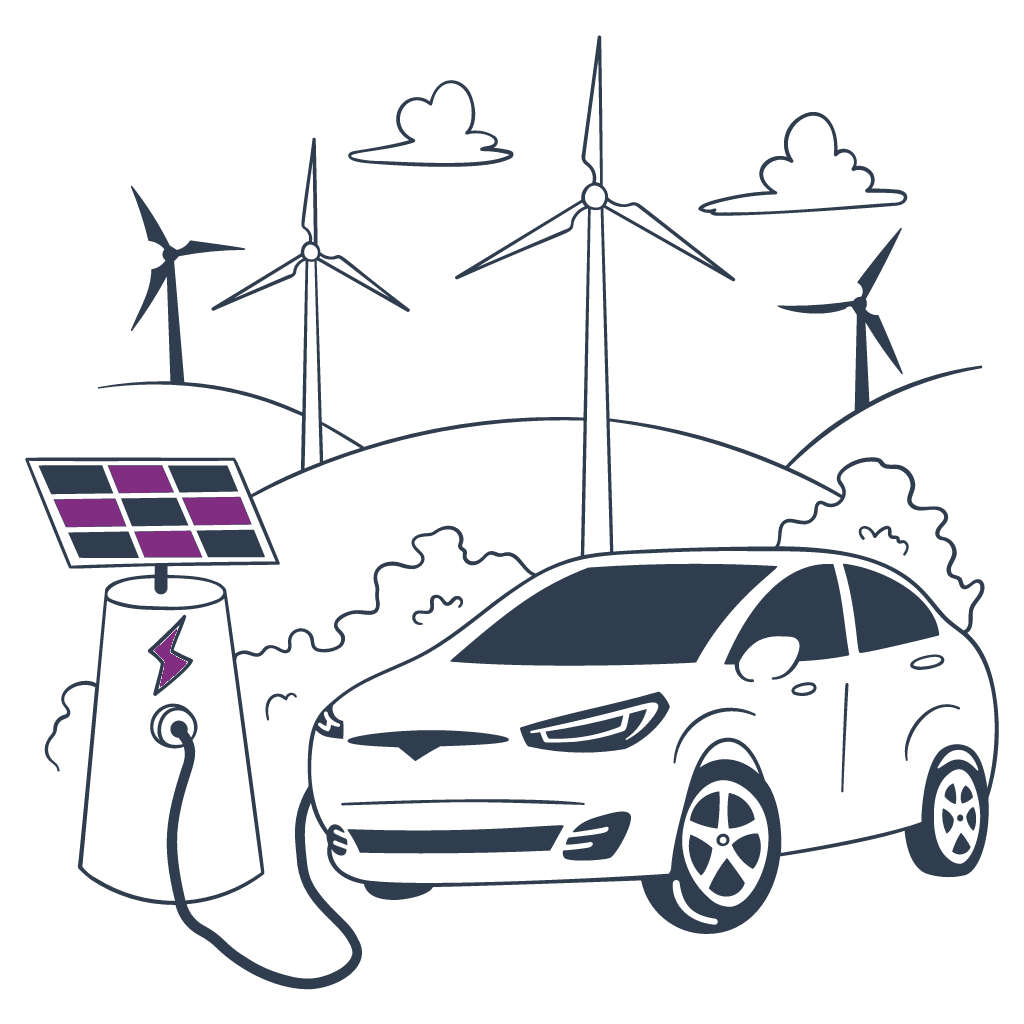Utilities are a fundamental part of our daily lives. They
include services such as electricity, gas, water, and
sewage, which are essential for the functioning of
households, businesses, and industries. As the world becomes
increasingly digital, utilities are generating vast amounts
of data that can be harnessed to drive strategic
decision-making. This is where data analytics comes into
play.
Data analytics is the process of examining, cleaning,
transforming, and modelling data to discover useful
information, draw conclusions, and support decision-making.
It involves a range of techniques and methodologies to
analyse data from various sources in different sizes and
formats, from numbers and text to voice and image data.
In this ultimate guide, we will explore the role of data
analytics in the utilities sector, its use cases, and the
benefits it can bring to utility companies.
The Role of Data Analytics in the Utilities Sector
In the rapidly evolving world of utilities, data analytics
plays a pivotal role. It helps organisations to understand
their customers, market conditions, and internal operations
better. By analysing large amounts of data, businesses can
uncover hidden patterns, correlations, and other insights
that can help them make more informed decisions.
For instance, a utility company can use data analytics to
understand the usage patterns of its customers. This can
help the company to tailor its products and services to meet
customer needs, leading to increased customer satisfaction
and loyalty. Additionally, data analytics can help utility
companies to optimize their resource allocation, improve
operational efficiency, and reduce costs.
Use Cases of Data Analytics in the Utilities Sector
Data analytics can be applied to various areas in the
utilities sector. Here are some of the most common use
cases:
Energy Management
With the help of data analytics, utility companies can gain
a deeper understanding of how energy is consumed, where it
is being wasted, and how it can be conserved. By analysing
data from smart meters and IoT sensors, utility companies
can identify patterns in energy usage and detect anomalies
that may indicate inefficient or malfunctioning equipment.
For example, data analytics can help utility companies to
identify buildings or areas where energy consumption is
higher than usual. This can help the company to investigate
the cause of the increased energy usage, such as inefficient
heating or cooling systems, and take corrective measures to
optimize energy usage.
Data analytics can also help utility companies to forecast
energy demand, ensuring that they have sufficient supply to
meet demand during peak periods. By analysing historical
data and trends, utility companies can predict future energy
demand and adjust their energy production accordingly. This
can help to avoid energy shortages and reduce the risk of
blackouts or brownouts. Moreover, data analytics can help
utility companies to optimise energy distribution, ensuring
that energy is delivered to where it is needed most
efficiently. By analysing data on energy usage and
distribution, utility companies can identify areas where
energy distribution is inefficient and take corrective
measures to optimise distribution.
Energy management is a critical area where data analytics
can provide valuable insights and drive strategic
decision-making in the utilities sector. By optimising
energy usage, forecasting energy demand, and optimising
energy distribution, utility companies can reduce costs,
increase efficiency, and contribute to a more sustainable
future. By optimising energy usage, utility companies can
reduce their carbon footprint and contribute to
environmental sustainability.
Predictive Maintenance
Predictive maintenance is a critical area where data
analytics can be applied in the utilities sector. By
analysing equipment data, utility companies can predict when
equipment failures are likely to occur, allowing them to
take preventive measures before a breakdown occurs. For
instance, a utility company can use data analytics to
analyse the performance data of a transformer. This can help
the company to predict when the transformer is likely to
fail, allowing it to take preventive measures, such as
replacing the transformer before it fails, reducing
downtime, and saving costs.
Predictive maintenance is an essential component of a
proactive maintenance strategy. By predicting equipment
failures before they occur, utility companies can avoid
unplanned downtime, reduce maintenance costs, and increase
equipment reliability. This can help utility companies to
improve their operational efficiency, reduce costs, and
enhance customer satisfaction and loyalty. To implement a
successful predictive maintenance strategy, utility
companies must collect and analyse data from various
sources, such as sensors, equipment logs, and maintenance
records. They must also use advanced analytics techniques,
such as machine learning and artificial intelligence, to
identify patterns in the data and predict equipment failures
accurately.
By leveraging data analytics for predictive maintenance,
utility companies can gain a competitive advantage in the
rapidly evolving utilities sector. They can optimise their
maintenance schedules, reduce downtime, and improve
equipment reliability, leading to cost savings and increased
efficiency.
Asset Management
Asset management is a critical area in the utilities sector
where data analytics can be applied to optimise asset
utilisation, reduce maintenance costs, and extend the life
of assets. By analysing performance data of assets, such as
wind turbines, utility companies can identify patterns and
anomalies that may indicate potential maintenance issues and
develop predictive maintenance strategies to avoid unplanned
downtime. This allows companies to address issues before
they become major problems, reducing downtime and increasing
asset reliability. companies can also identify areas where
asset utilisation can be improved, such as reducing idle
time or increasing operational efficiency. This can help to
reduce operational costs and extend the life of assets.
Customer Service
Customer service plays a critical role in the utilities
sector. Utility companies rely on delivering exceptional
customer service to build trust, foster loyalty, and retain
customers. With the help of data analytics, utility
companies can take their customer service to the next level.
By analysing customer data, utility companies can gain a
deeper understanding of their customers' needs, preferences,
and pain points. This can help companies to tailor their
products and services to meet customer needs, leading to
increased customer satisfaction and loyalty. For instance,
data analytics can help utility companies to identify areas
where customer service can be improved, such as response
times or the quality of service. By analysing customer
feedback, utility companies can gain insights into customer
needs and expectations, allowing them to tailor their
services to meet those needs more effectively.
Moreover, data analytics can help utility companies to
optimise their customer service processes, leading to
increased efficiency and reduced costs. For instance, data
analytics can help utility companies to identify areas where
automation can be applied, reducing the need for manual
intervention and freeing up resources for more complex
tasks. To leverage the full potential of data analytics in
customer service, utility companies must collect and analyse
data from various sources, such as customer feedback, call
centre logs, and social media. They must also use advanced
analytics techniques, such as natural language processing
and sentiment analysis, to extract meaningful insights from
the data.
By leveraging data analytics for customer service, utility
companies can gain a competitive advantage in the utilities
sector. They can improve their customer service processes,
increase customer satisfaction and loyalty, and ultimately
drive business growth.
Supply Chain Optimisation
Supply chain optimisation is a critical area where data
analytics can be applied to drive strategic decision-making
in the utilities sector. By analysing supply chain data,
utility companies can optimise their sourcing, procurement,
and distribution processes, leading to reduced costs and
increased efficiency. With the help of data analytics,
utility companies can gain a deeper understanding of their
suppliers, their performance, and the quality of their
products and services. By analysing supplier data, utility
companies can identify areas where they can optimize their
sourcing and procurement processes, such as negotiating
better prices or reducing lead times. For instance, data
analytics can help utility companies to identify suppliers
that consistently deliver high-quality products and services
and have a track record of meeting delivery timelines. By
analysing supplier performance data, utility companies can
develop a supplier scorecard, which can help them evaluate
and compare suppliers based on various criteria, such as
quality, reliability, and pricing.
Moreover, data analytics can help utility companies to
optimise their distribution processes, ensuring that
products and services are delivered to where they are needed
most efficiently. By analysing data on inventory levels,
transportation costs, and delivery times, utility companies
can identify areas where distribution can be optimized, such
as reducing inventory levels or improving transportation
routes. To leverage the full potential of data analytics for
supply chain optimisation, utility companies must collect
and analyse data from various sources, such as supplier
performance data, inventory data, and transportation data.
They must also use advanced analytics techniques, such as
predictive analytics and prescriptive analytics, to identify
patterns in the data and make informed decisions.
By leveraging data analytics for supply chain optimisation,
utility companies can gain a competitive advantage, reduce
costs, and increase efficiency. They can optimise their
sourcing and procurement processes, reduce lead times, and
ensure that products and services are delivered to where
they are needed most efficiently.



